Summary
Beyond dining purchases, Savor cards are some of the most rewarding for groceries.
The content on this page is accurate as of the posting date; however, some of our partner offers may have expired. Please review our list of best credit cards, or use our CardMatch™ tool to find cards matched to your needs.
The Bank of America content was last updated on March 8, 2021.
With a generous rewards rate on dining purchases and large sign-up bonuses, the Capital One Savor Cash Rewards Credit Card has been an eye-catching favorite among foodies. However, the card can also be a great choice for those who eat at home, since it includes bonus cash back on grocery store purchases. Though the 2 percent cash back you’ll earn at grocery stores is not quite as flashy as the 4 percent earned on dining, the Savor card is still a competitive choice for grocery spending.
For cardholders who don’t want to pay an annual fee, the Capital One SavorOne Cash Rewards Credit Card also offers 2 percent cash back at grocery stores.
Capital One Savor cards: At a glance
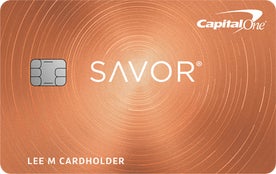 | 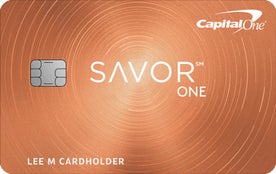 | |
| Rewards rate |
|
|
| Sign-up bonus | $300 if you spend $3,000 in first 3 months | $150 if you spend $500 in first 3 months |
| Annual fee | $95 | $0 |
| Average yearly rewards value ($1,325 monthly spend) | $389 | $305 |
Comparing Savor cards to other grocery cards
If you are just looking for a grocery credit card – and dining rewards are less important – several other credit cards boast a higher rewards rate on grocery store purchases. When compared to the SavorOne, both the Blue Cash Everyday® Card from American Express and the Blue Cash Preferred® Card from American Express can potentially earn more in rewards each year.
However, the competitive earning rates on the Savor card means it has a better average yearly rewards value than either of these options, despite a lower rate on groceries.
Rewards rate | Annual fee | Average yearly rewards value ($1,325 monthly spend) | |
 |
| $95 (waived for the first year) | $370 |
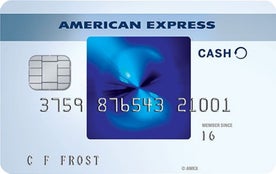 |
| $0 | $310 |
Other than the high-earning Blue Cash cards, most grocery cards offer the same 2 percent back as the Savor cards.
| Rewards rate | Annual fee | Average yearly rewards value ($1,325 monthly spend) | |
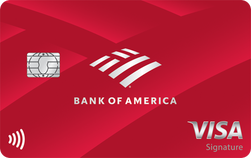 |
| $0 | $325 |
 |
| No annual fee with your paid Costco membership ($60) | $292 |
 |
| $0 | $265 |
As far as average yearly rewards value, the Capital One Savor card offers the best potential value among top grocery cards. However, it doesn’t include the best rate you can find if you are just using it for grocery purchases.
Comparing Savor cards to grocery and dining cards
A unique feature of both Capital One Savor cards is that they offer bonus cash back for dining and groceries, making it a top choice among foodies. Not many cards include both of these categories, and even fewer offer such competitive rates on both kinds of food purchases.
One exception is the Bank of America Cash Rewards credit card, which lets users choose their own bonus category to earn 3 percent cash back in. One of the available options is dining, making the card valuable for all kinds of food purchases. When you choose this option, the card’s rewards rate looks very similar to the SavorOne. However, the Bank of America card has a purchase cap on combined 2 and 3 percent category earnings each quarter ($2,500) and the SavorOne does not.
Another card that offers bonus rewards on both dining and grocery shopping is the American Express® Gold Card, which offers an exceptional rewards rate at restaurants and U.S. supermarkets. However, the annual fee is much higher than the Savor card, and you’ll earn Membership Rewards points instead of cash back.
Rewards rate | Annual fee | Average yearly rewards value ($1,325 monthly spend) | |
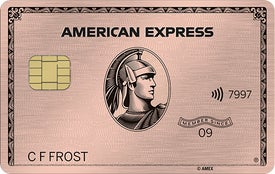 |
| $250 | $682 |
While the Gold card can be a valuable choice for frequent travelers, the annual fee is too pricey for many cardholders.
Bottom line
When you are searching for a good card for grocery purchases, don’t discount the Capital One Savor and SavorOne. While they might not offer the highest grocery bonuses you can find, the other perks make them a valuable choice for grocery shopping – especially if you also dine out often.
Editorial Disclaimer
The editorial content on this page is based solely on the objective assessment of our writers and is not driven by advertising dollars. It has not been provided or commissioned by the credit card issuers. However, we may receive compensation when you click on links to products from our partners.



